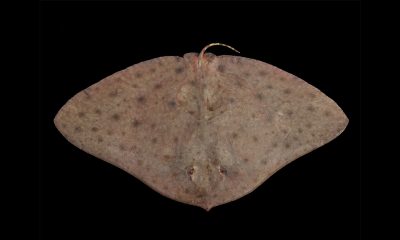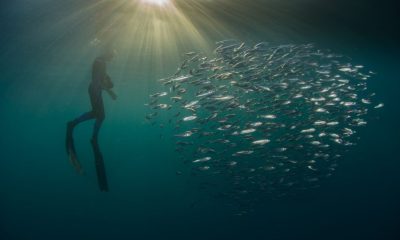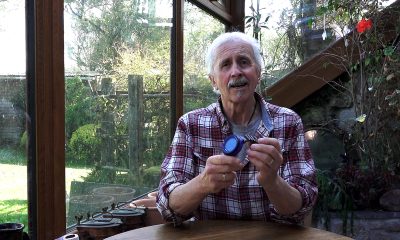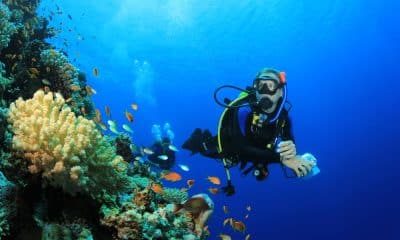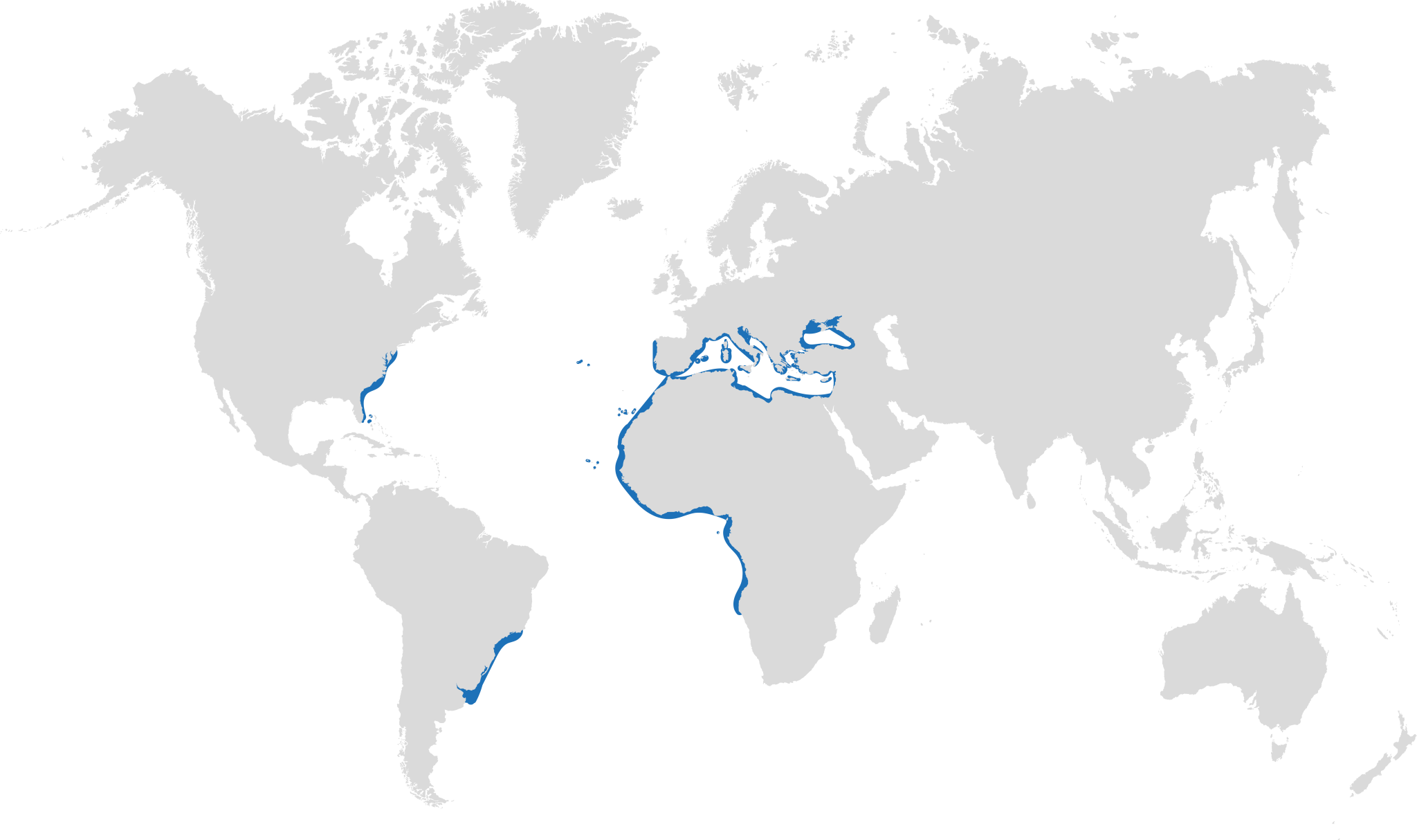Marine Life & Conservation Blogs
Mermaid Minute #10: Caribbean Reef Sharks (Watch Video)
In this new series on Scubaverse.com we are sharing Linden Wolbert’s video series ‘Mermaid Minute’.
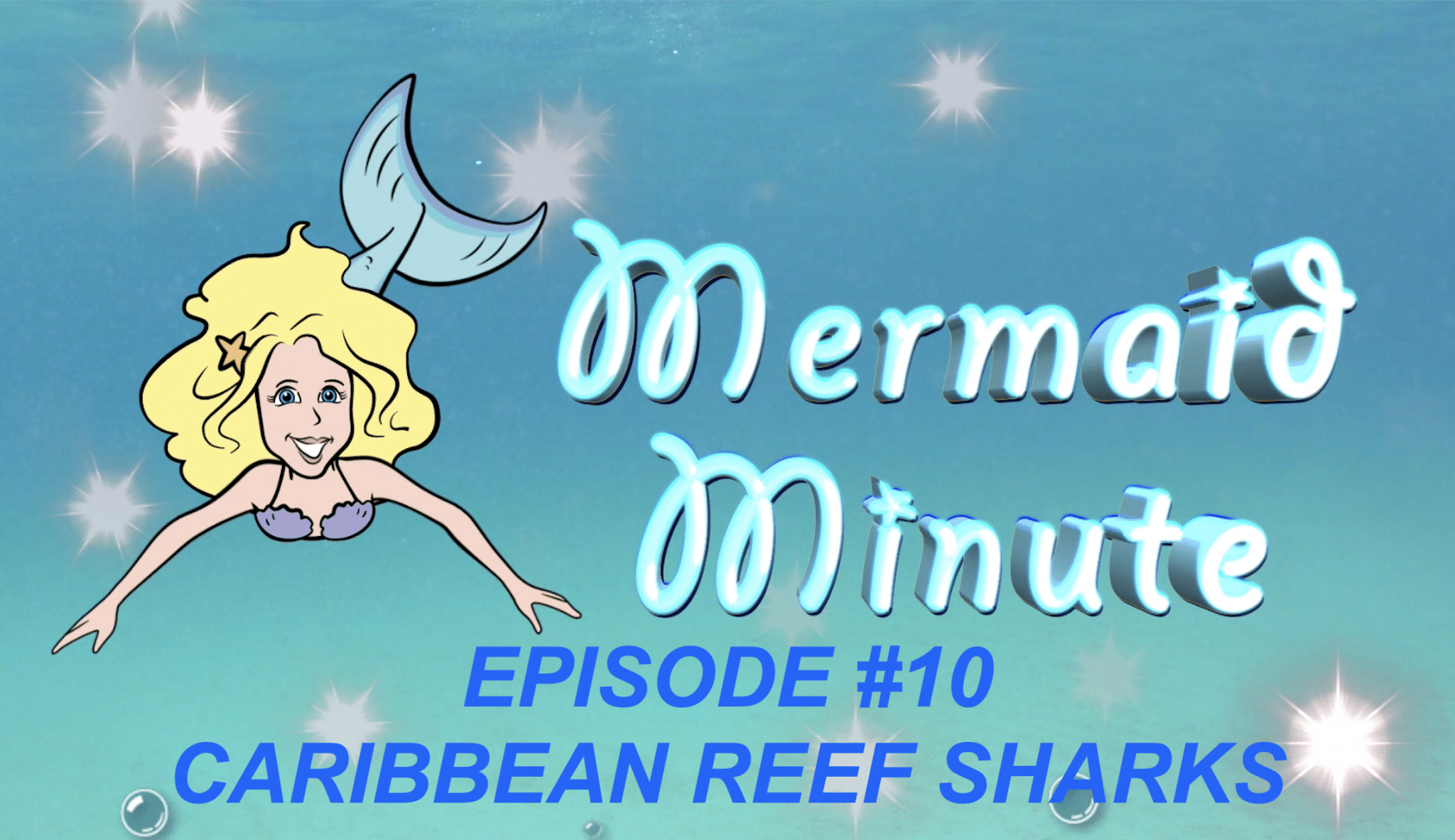 The “Mermaid Minute” is an ocean educational web series for children. Each action-packed episode explores one subject, creature or habitat about our oceans for 60 seconds.
The “Mermaid Minute” is an ocean educational web series for children. Each action-packed episode explores one subject, creature or habitat about our oceans for 60 seconds.
Professional Mermaid Linden Wolbert is a real mermaid whose passion is educating children about the wonders of our oceans, swimming safety and ocean conservation as well as exploration and inspiring our world’s youngest ocean ambassadors.
This is Episode #10 of the Mermaid Minute, the only ocean education web series hosted by a mermaid!
One of the most common sharks in the Caribbean, these sharks are beautiful and sleek, reaching up to 10 feet (3 meters) in length. Caribbean Reef sharks DO NOT EAT PEOPLE. They feed on bony fish, stingrays and other critters on the reef. These sharks can experience something called TONIC IMMOBILITY. When their nose is rubbed by a highly trained diver in a NEPTUNIC SHARKSUIT, they go into a trance-like state! CRISTINA ZENATO, known as the SHARK DANCER, is an expert on this phenomenon and has been working with Caribbean Reef Sharks for more than 15 years in the Bahamas. Sharks love Cristina as much as she loves them! Sharks MUST be conserved, and the Caribbean Reef Shark is considered a NEAR THREATENED SPECIES. They are protected in Bahamian waters where people are taking action to educate everybody about them. I LOVE Caribbean Reef Sharks! They are beautiful, and they keep our oceans in balance. So let’s learn to love and respect these beautiful creatures that we call SHARKS!
See and learn more about Mermaid Linden here: www.mermaidsinmotion.com
Follow Mermaid Linden here:
Marine Life & Conservation Blogs
Creature Feature: Butterfly Rays

 In this series, the Shark Trust will be sharing amazing facts about different species of sharks and what you can do to help protect them.
In this series, the Shark Trust will be sharing amazing facts about different species of sharks and what you can do to help protect them.
As we’re currently in butterfly season, this month we decided to concentrate on the Butterfly Rays!
Within the family Gymnuridae, there are two genera and 12 species of Butterfly Ray. These species are morphologically different to lots of other rays because of the width of the disc and pectoral fins – in contrast to many other species of Butterfly Ray, their bodies are much wider than they are long, especially considering their very short tail. This gives them the appearance of gliding or flying across the sand.
Gymnura altavela – Spiny Butterfly Ray
Gymnura australis – Australian Butterfly Ray
Gymnura crebripunctata – Longsnout Butterfly Ray
Gymnura japonica – Japanese Butterfly Ray
Gymnura lessae – Lessa’s Butterfly Ray
Gymnura marmorata – California Butterfly Ray
Gymnura micrura – Smooth Butterfly Ray
Gymnura natalensis – Backwater Butterfly Ray
Gymnura peocilura – Longtail Butterfly Ray
Gymnura sereti – Seret’s Butterfly Ray
Gymnura tentaculata – Tentacled Butterfly Ray
Gymnura zonura – Zonetail Butterfly Ray
Today we’re taking a look at Gymnura altavela, the Spiny Butterfly Ray. Like all Butterfly Rays, the Spiny Butterfly Ray is a demersal species, meaning it spends the majority of its time on the bottom of the seabed. Butterfly Rays are known for their burying behaviour in the sand, a technique they use to camouflage themselves when they are resting during the day. This protects them from predators, in some areas larger sharks. It also aids them in their ambush hunting technique – by hiding themselves under the sand they are able to easily snatch up their dinner – usually crustaceans, molluscs or other small fish – as they swim by unawares. This behaviour can leave tell-tale butterfly-ray shaped imprints in the bottom of the seabed.
Spiny Butterfly Rays can grow up to 260 cm (disc width (wingspan)), although average is around 200 cm. They give birth to live young, and each litter consists of 1-8 pups. This species has also been found to aggregate, likely for mating. One study found that aggregations of primarily females in the coastal regions off Gran Canaria may correlate with the shifting water temperature.
It is estimated that the species has undergone a population reduction of 50-79% over the last 33 years. This is primarily due to fishing pressure – the Spiny Butterfly Ray is targeted and bycaught in both industrial and artisanal fisheries types using a variety of gear types. The species is now Critically Endangered in the Mediterranean and Southwest Atlantic.
Scientific Name: Gymnura altavela
Family: Gymnuridae
Maximum Size: 260 cm (disc width)
Diet: crabs, shrimps, various invertebrates, fishes, small crustaceans, and molluscs.
Distribution: throughout the Atlantic and Mediterranean and Black Seas.
Habitat: muddy and sandy substrates down to 150m.
Conservation status: Critically Endangered in the Mediterranean and Europe, Endangered Globally.
For more great shark information and conservation visit the Shark Trust Website
Banner Image: ©Tomas Willems. Main image: ©Andy Murch
Blogs
Seal Encounter Dives at Lundy Island
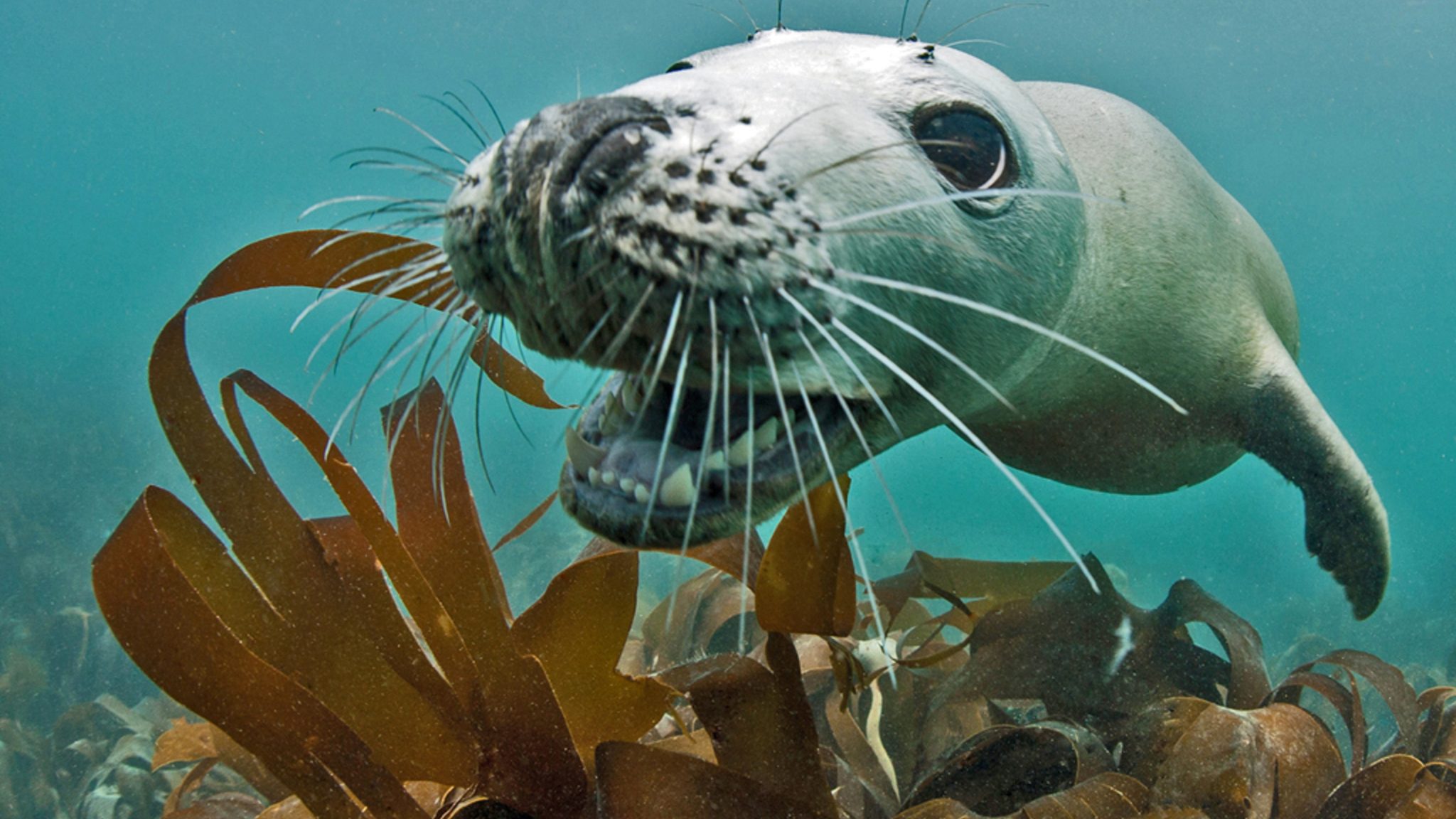
Voted No. 3 on the Top 10 Ultimate British Isles Bucket List by The Independent, these dives offer the closest marine mammal encounter available to divers in the UK. Friendly and playful, respectful divers are often rewarded by incredible interaction with the Lundy Seals.
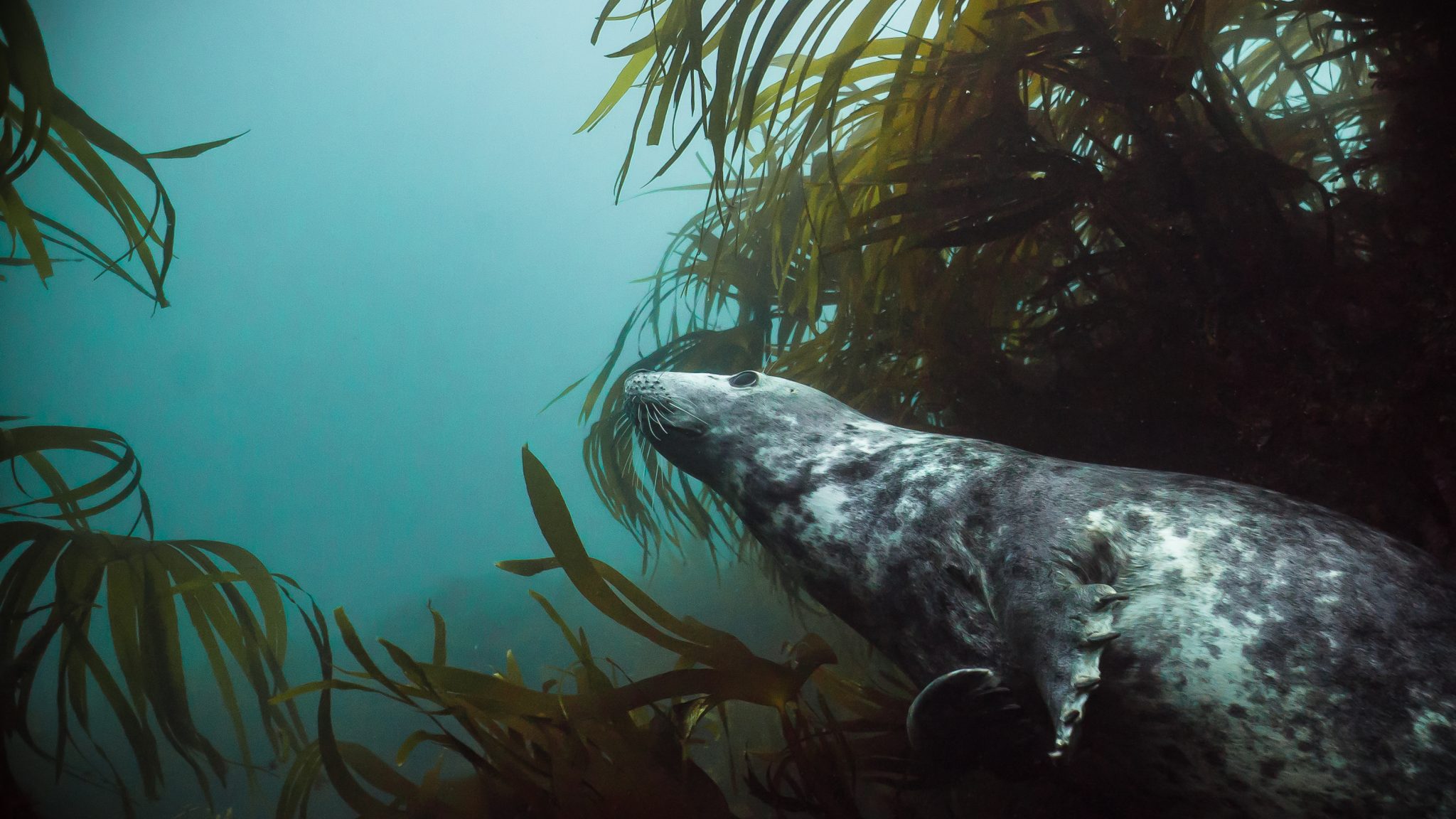
Easy Divers has been running guided dive trips to Lundy for nearly 10 years and offers dive equipment hire if required. Trips depart from the stunning harbour town of Ilfracombe in North Devon and Dolphins are often seen during the boat passage.
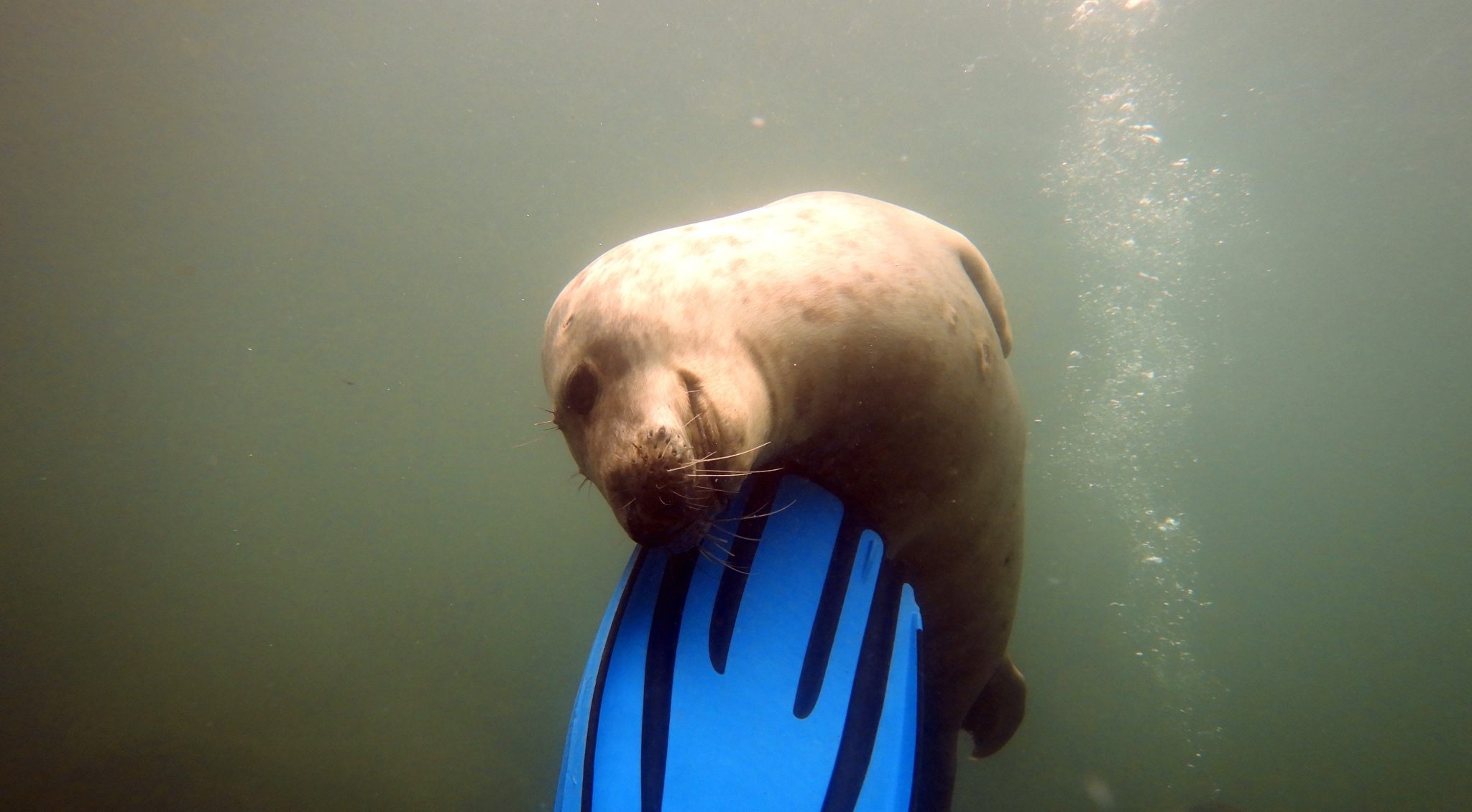
In addition to diving, Ilfracombe is a great base from which to hike the South West Coast Path, dip into surfing at the UK’s first World Surf reserve, enjoy other water sports or head to Exmoor National Park.
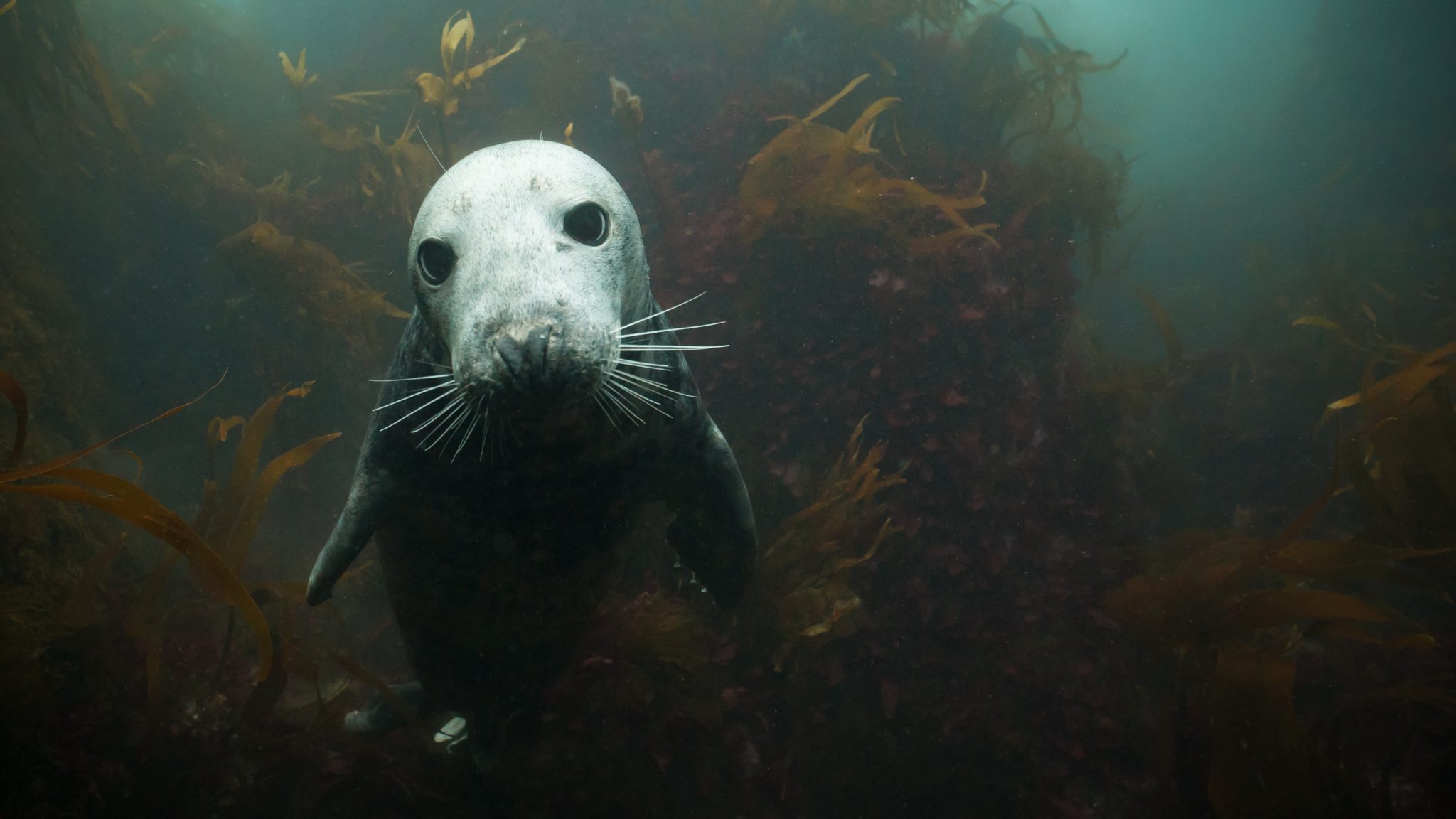
Easy Divers also runs a diver-friendly guest house, with a discount for diving customers and kit rinsing and drying facilities.
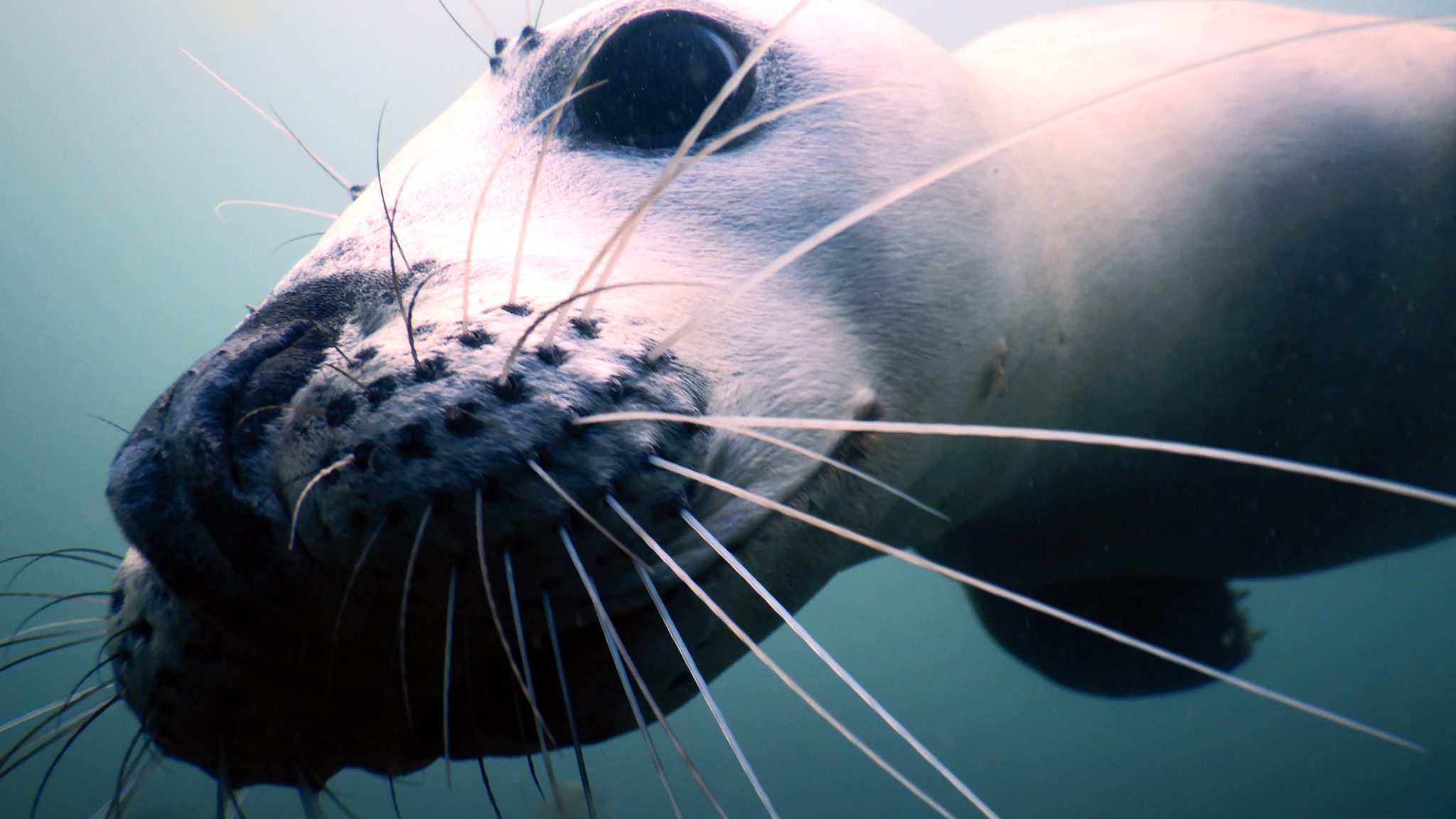
The Seal encounter dive sites are shallow and sheltered and are suitable for divers of all levels, making them a great introduction to British diving.
Exclusive Offer for Scubaverse Subscribers
Use your exclusive Scubaverse discount code scubaverse10% before the end of June and join us for a Seal encounter dive trip to Lundy Island, on any trip date with availability this Summer. Visit https://www.easydiversnorthdevon.co.uk/lundy-dive-trips/seal-encounter-dive-trips/ and enter code scubaverse10% at the on-line check out.
Trips book out well ahead, so book now to avoid disappointment. To save 10% on any 1 night stay at our guest house, please call 07833 020424. We offer free cancellation for divers who book a 1 night stay, if we have to re-schedule due to unsafe weather.
Join us for Britain’s best marine mammal diving experience!
Trips run from end of May to mid-October and are bookable via email at info@easydiversnorthdevon.co.uk, on-line via the Easy Divers website, www.easydiversnorthdevon.co.uk, or call 07833 020424 for more info
-

 Blogs1 month ago
Blogs1 month agoDive Indonesia Part 3: Dive into Lembeh Trip Report
-

 Gear Reviews1 month ago
Gear Reviews1 month agoGEAR REVIEW – Revolutionising Diving Comfort: The Sharkskin T2 Chillproof Suit
-

 News3 months ago
News3 months agoPADI Teams Up with Wellness Brand Neuro to Drive Ocean Change and Create a Blue State of Mind
-

 Blogs3 months ago
Blogs3 months agoMurex Resorts: Passport to Paradise!
-

 Blogs2 months ago
Blogs2 months agoSeagrass Awareness Month brings critical food source for Manatees to centre stage
-

 Marine Life & Conservation3 months ago
Marine Life & Conservation3 months agoSave the Manatee Club launches brand new webcams at Silver Springs State Park, Florida
-

 Blogs2 months ago
Blogs2 months agoSOMABAY: Scubaverse interviews Wolfgang Clausen, General Manager, ORCA Dive Clubs
-
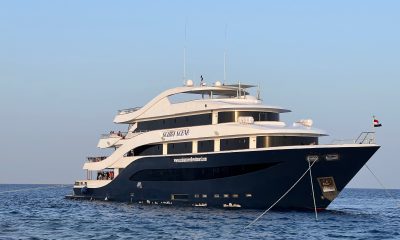
 News3 months ago
News3 months agoDIVE SHOW SPECIAL: Save up to 40% off your next liveaboard with Oyster Diving Holidays







